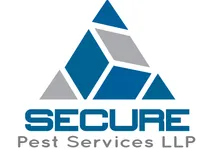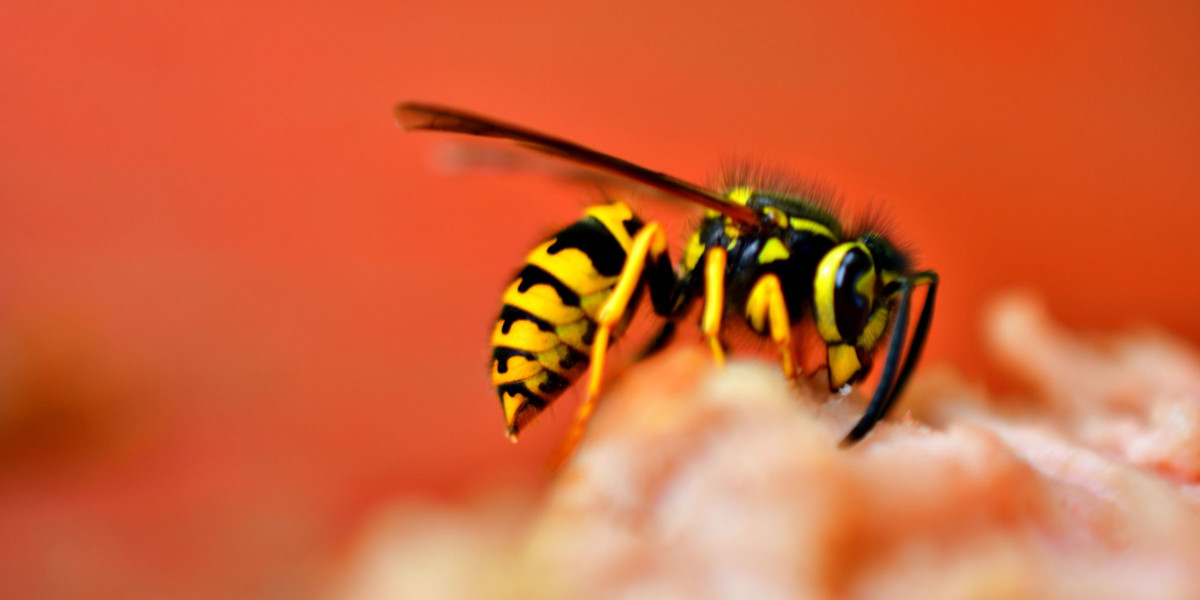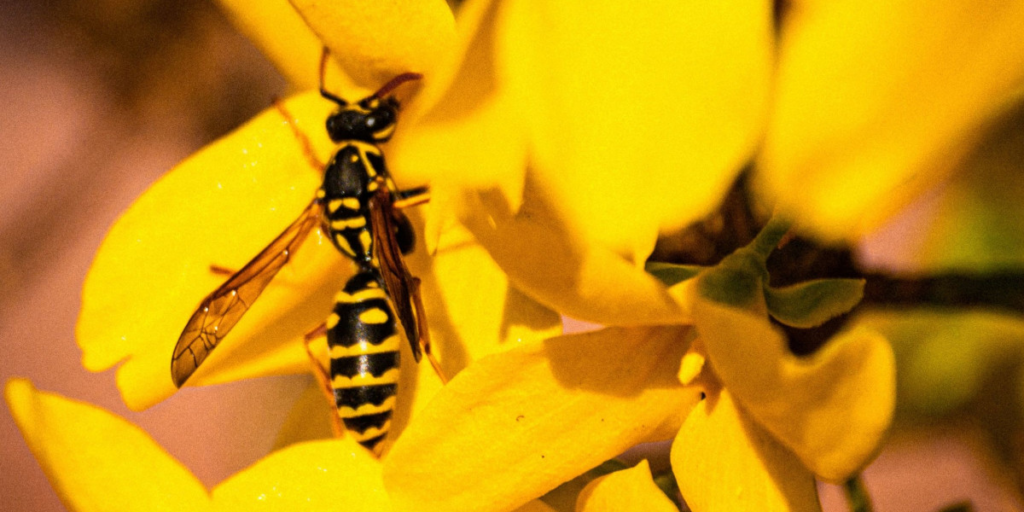Understanding the Importance of Sting Insect Control
With the increasing awareness of environmental sustainability and the need for pest management, addressing issues related to sting insects such as bees, hornets, and wasps has become crucial. This blog will delve into effective pest control services specifically tailored for these insects, highlighting the expertise and solutions offered by Secure Pest Services.
Sting insects like bees, hornets, and wasps play significant ecological roles but can pose serious threats when their nests are located near human dwellings or high-traffic areas. Their stings can cause allergic reactions and, in some cases, be life-threatening. Effective control measures are essential to manage populations and reduce risks.
Specialized Services by Secure Pest Services
Secure Pest Services specializes in comprehensive pest management strategies, including targeted solutions for sting insects. Their approach combines expertise in pest behavior with environmentally responsible methods to ensure effective control while minimizing impact on beneficial insects and the ecosystem.
Identification and Assessment
The first step in effective pest control is accurate identification and assessment. Different species of bees, hornets, and wasps require specific treatment methods. Secure Pest Services begins with a thorough inspection to identify the type of insect, locate nesting sites, and assess the extent of the infestation.
Customized Treatment Plans
Once the assessment is complete, Secure Pest Services develops a customized treatment plan tailored to the unique characteristics of the infestation. This plan may include:
- Exclusion Techniques: Sealing entry points to prevent insects from entering buildings.
- Nest Removal: Safely removing nests and colonies to eliminate immediate threats.
- Residual Treatments: Applying environmentally friendly insecticides in targeted areas to control remaining populations.
- Preventive Measures: Implementing strategies to deter future infestations, such as habitat modifications and ongoing monitoring.
Environmental Responsibility
Secure Pest Services prioritizes environmental sustainability in their pest control practices. They use certified products and techniques that minimize harm to non-target species and ecosystems. By promoting integrated pest management (IPM) principles, they aim to achieve long-term pest control solutions with minimal environmental impact.
Safety and Expertise
Ensuring the safety of clients, pets, and the environment is paramount. Secure Pest Services employs trained professionals who adhere to strict safety protocols and guidelines. They are equipped with the latest tools and knowledge to handle potentially hazardous situations effectively and responsibly.
Educating Homeowners and Businesses
Beyond treatment, Secure Pest Services educates homeowners and businesses on proactive measures they can take to reduce the likelihood of sting insect infestations. This includes tips on landscaping practices, proper waste management, and early detection signs to prompt timely intervention.
Contact Secure Pest Services
Effective pest control services for sting insects, including bees, hornets, and wasps, are essential for maintaining safety and peace of mind in residential and commercial environments. Secure Pest Services offers tailored solutions that prioritize safety, environmental responsibility, and long-term effectiveness. By partnering with experts in pest management, homeowners and businesses can address infestations promptly and prevent future problems.
To learn more about Secure Pest Services and their specialized pest control solutions, visit our website at Secure Pest Services. Protect your property and enjoy a pest-free environment with professional assistance from Secure Pest Services.












